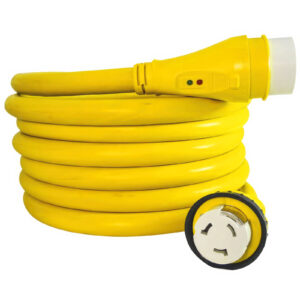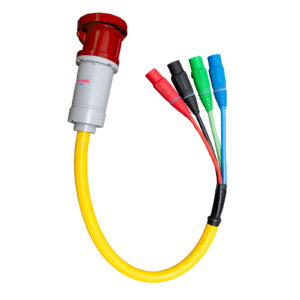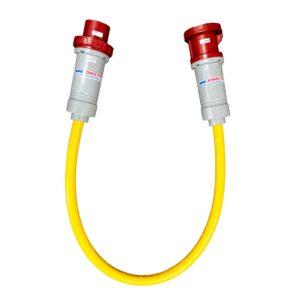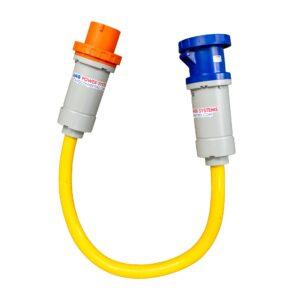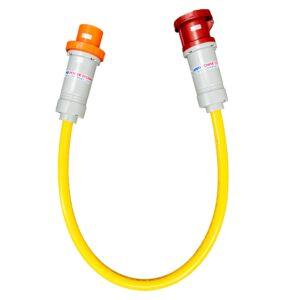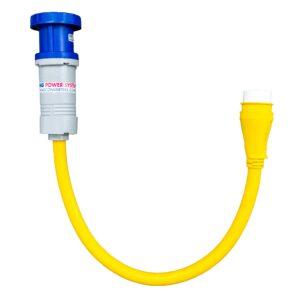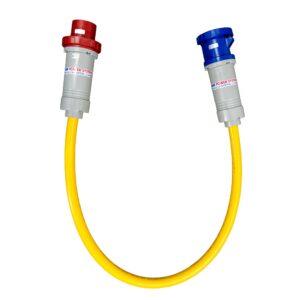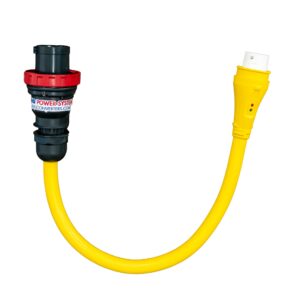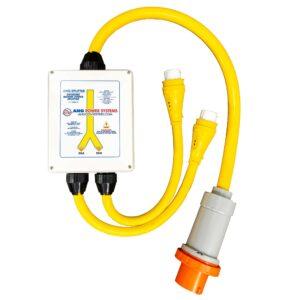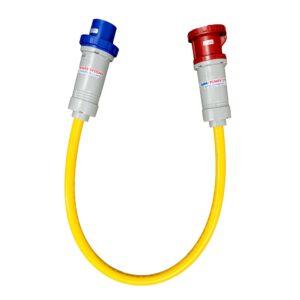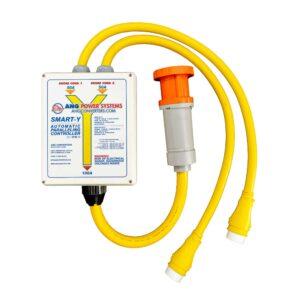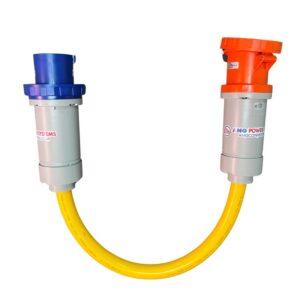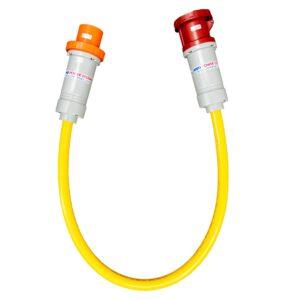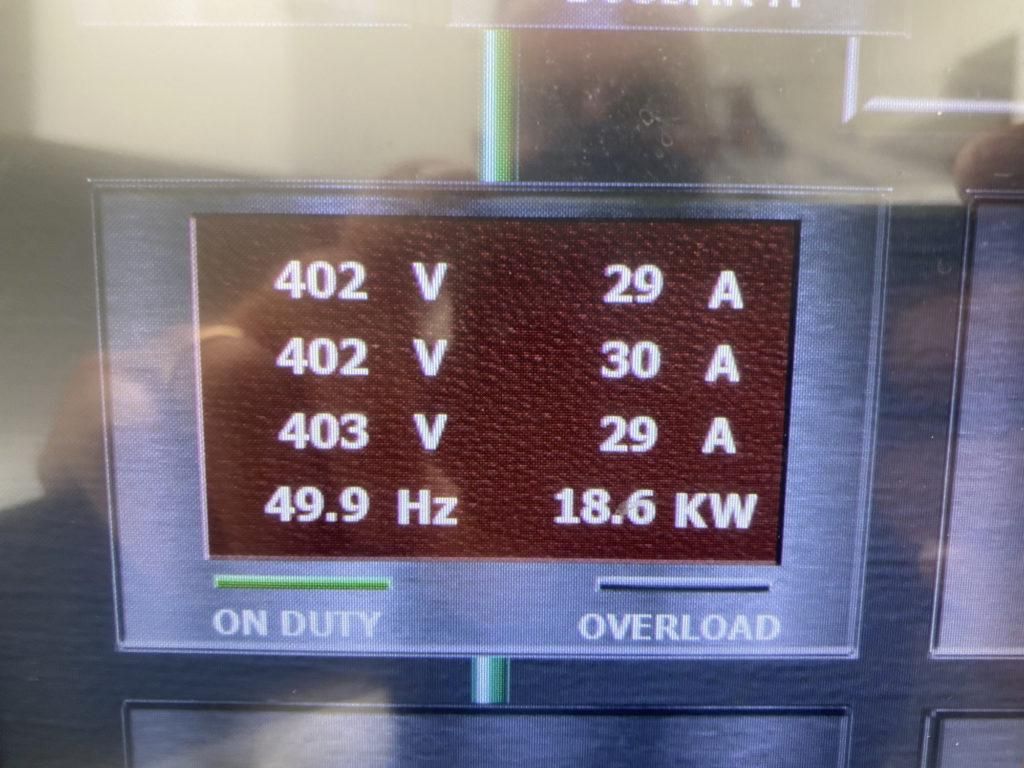Comprendre les chutes de tension et leurs effets sur les systèmes embarqués
La chute de tension est un problème courant dans les systèmes d'alimentation à quai, en particulier lors de l'utilisation de longs cordons de branchement ou lorsque les marinas ont une infrastructure vieillissante. Comprendre le fonctionnement de la chute de tension permet d'éviter les problèmes d'équipement et de maintenir un fonctionnement électrique sûr.
Qu'est-ce que la chute de tension ?
La chute de tension se produit lorsque le potentiel électrique diminue sur la longueur d'un conducteur. Lorsque le courant circule dans le cordon de quai, la résistance entraîne une réduction de la tension au point d'utilisation.
Pourquoi c'est important
Une chute de tension trop importante peut provoquer :
- Dysfonctionnement ou panne de l'équipement
- Diminution de l'éclairage
- Surchauffe des composants électriques
- Déclenchement des disjoncteurs
Les normes maritimes telles que ABYC E-11 recommande de limiter la chute de tension à 3% pour les circuits critiques et 10% maximumpour les charges non critiques.
Facteurs qui influencent la chute de tension
- Longueur du cordon d'alimentation : Des cordons plus longs créent plus de résistance.
- Taille du câble (AWG) : Les fils plus petits ont une résistance plus élevée.
- Consommation de courant : Des charges plus élevées augmentent la chute de tension.
- Qualité de la connexion : Les bouchons corrodés ou desserrés créent une résistance supplémentaire.
Exemple :
Un cordon de quai de 100 pieds de calibre 2 AWG transportant 80 ampères à 240V peut avoir jusqu'à 6-8% chute de tensionen fonction de la charge et de l'état du connecteur.
Comment minimiser la chute de tension
- Utilisez le cordon d'alimentation le plus court possible.
- Choisissez des câbles de plus grande taille (2 AWG ou plus pour les charges élevées).
- Maintenir toutes les fiches et prises propres et exemptes de corrosion.
- Évitez d'enrouler les câbles trop serrés, ce qui peut augmenter la chaleur.
Solutions ANG
Les cordons d'alimentation marine ANG sont construits avec conducteurs en cuivre très résistants et des terminaisons à faible résistance pour réduire la chute de tension. Associés aux convertisseurs ANG Shore Power Converters™, vous pouvez compter sur une tension de sortie stable, même si l'alimentation à quai fluctue.
Conseil :
Vérifiez toujours la tension sous charge à l'aide d'un multimètre à l'entrée pour confirmer les performances.
